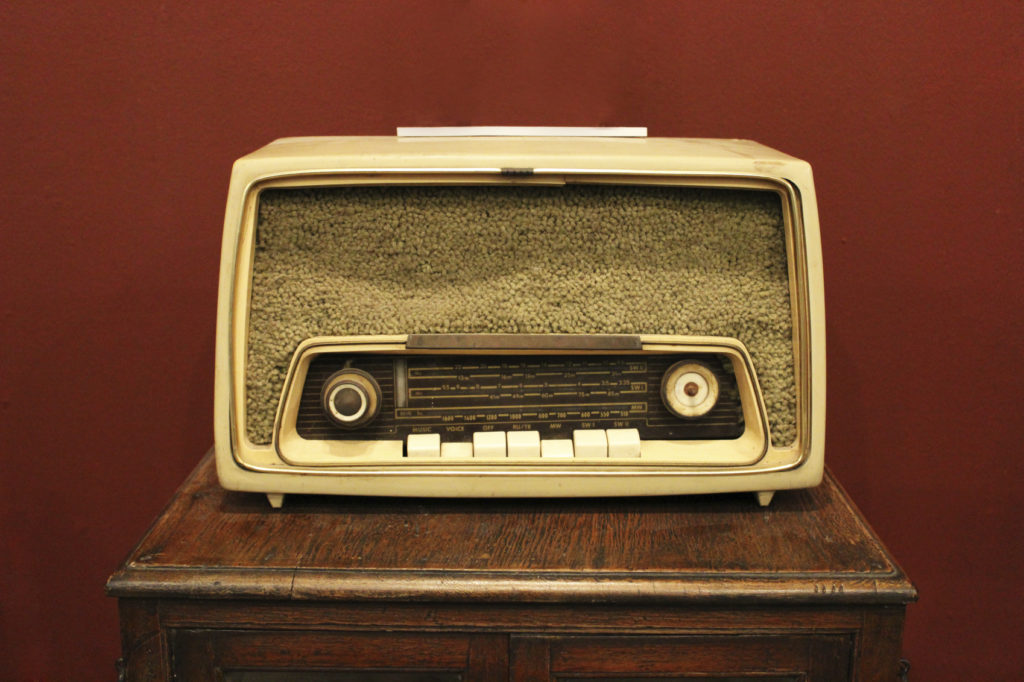How To Open A Speech #29: The Surprising Statistic Open
This is an excerpt from my new book, 101 Ways to Open a Speech, now available at Amazon.
When people hear the term statistics, they generally think in terms of numbers and data. But most raw numbers don’t stick unless they’re set within a more meaningful context.
For example, opening by simply saying “Americans watch an average of five hours of television each day” wouldn’t be as captivating as this opening, which uses a broader framing:
“Think for a moment about where you were 16 years ago. Perhaps you were in school, or in a different job, or living in a different city. Since then, friendships and relationships have started and ended. You’ve watched your children become adults. Maybe your name has changed from ‘Mom’ to ‘Grandma,’ or ‘Son’ to ‘Father.’
Imagine that on one morning 16 years ago, you turned your television on. And that for every minute of those past 16 years — 24 hours a day, even while you slept — you’ve had that television playing in front of you. Over the course of a lifetime, that’s how much time the average American spends watching TV. And all of that wasted time has some very real consequences.”
The following 2011 National Public Radio report illustrates that such framing is not only more interesting but potentially persuasive enough to lead to meaningful behavior change:
“What if you knew that it would take 50 minutes of jogging to burn off one soda? When researchers taped signs saying just that on the drink coolers in four inner-city [Baltimore] neighborhood stores, sales of sugary beverages to teenagers dropped by 50 percent. That tactic was more effective than a sign saying that the drinks had 250 calories each, or a sign saying that a soft drink accounts for 11 percent of recommended daily calories.”
This is an excerpt from my new book, 101 Ways to Open a Speech, now available at Amazon. You can read more about the book here or sample a longer free excerpt below.


